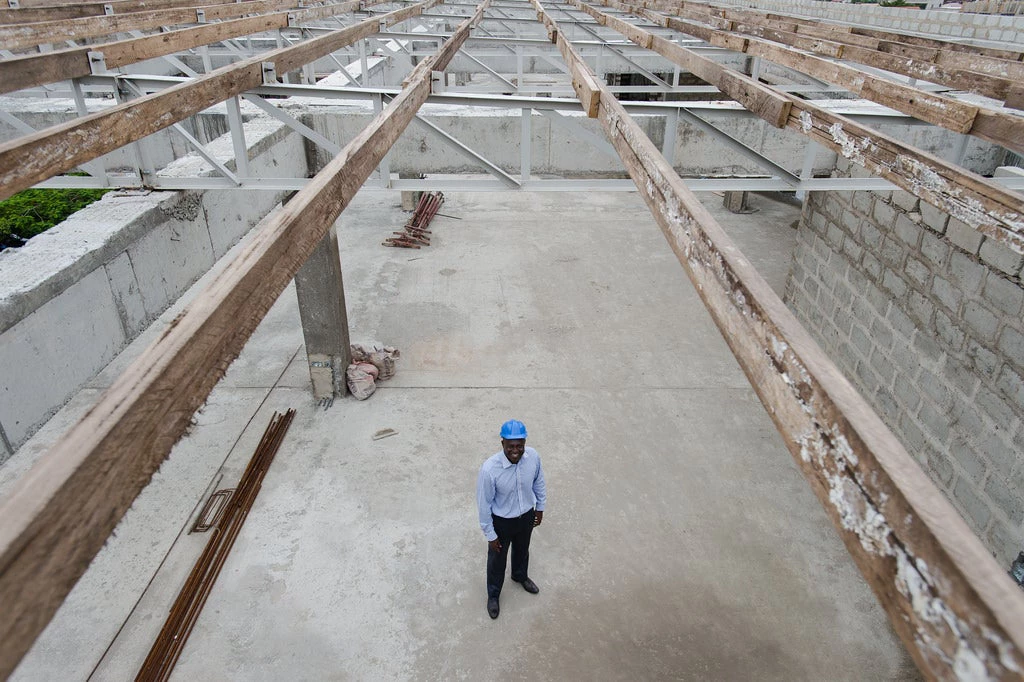Editor’s Note: The World Bank Group is committed to helping governments make informed decisions about improving access and quality of infrastructure services, including, where appropriate using Public-Private Partnerships (PPPs) as one delivery option. This approach is further enabled by working on: strengthening data, building capacity, developing and testing tools, promoting disclosure and encouraging engagement with all relevant stakeholders. The World Bank Group has tools to enable better informed decisions around PPPs.
In this series of three posts for the PPP Blog, the World Bank’s Cledan Mandri-Perrott and Darwin Marcelo introduce the Infrastructure Prioritization Framework (IPF), one of the PPP Tools available for PPP professionals, and explain how it can help governments with competing infrastructure needs, and describe its application. For more on this and other tools, please visit the PPP Tools page.
It’s a tall order, and stakes are high for implementing national development plans. To help government officials rank investment opportunities, the World Bank created an Infrastructure Prioritization Framework (IPF). The IPF is a systematic approach to infrastructure investment prioritization and places financial-economic and social-environmental factors at the forefront of decision-making. The framework is transparent and objective, following a clear step-wise approach, but allows space for deliberation in order to remain responsive to policy.
Decision-making done right
The IPF framework is different from other approaches to infrastructure decision-making in four ways:
- It incorporates national policy goals, social and environmental sustainability considerations, and long-term development aims alongside financial and economic indicators.
- It provides decision-makers with an intuitive, graphical interface upon which to compare alternative investment scenarios.
- It encourages policy debate via the identification and weighting of criteria and the selection of projects from mid-priority categories, without affecting the effectiveness of the tool.
- It is predicated on parsimony and pragmatism.
That said, real-world results speak more compellingly than any theory. We piloted the IPF methodology in Panama, applying it to a select set of transport, water, and sanitation infrastructure projects. In the next two installments of this blog series, we’ll share the experiment with you. The next post will provide background information on infrastructure prioritization in Panama, with results of the pilot. Our last post will take a more technical look at the Infrastructure Prioritization Framework’s technical underpinnings, and close with recommendations for governments that want to implement IPF to a wider set of proposed projects.
As the need for forward-looking, sustainable infrastructure becomes more pressing – and as the mandate to do more with less reaches every corner of the globe – the decisions that PPP advisors make in the earliest stages of planning weigh even more heavily on national outcomes. The IPF lightens this load, easing the burden on governments while ultimately helping those who will benefit from well-planned infrastructure projects.




Join the Conversation